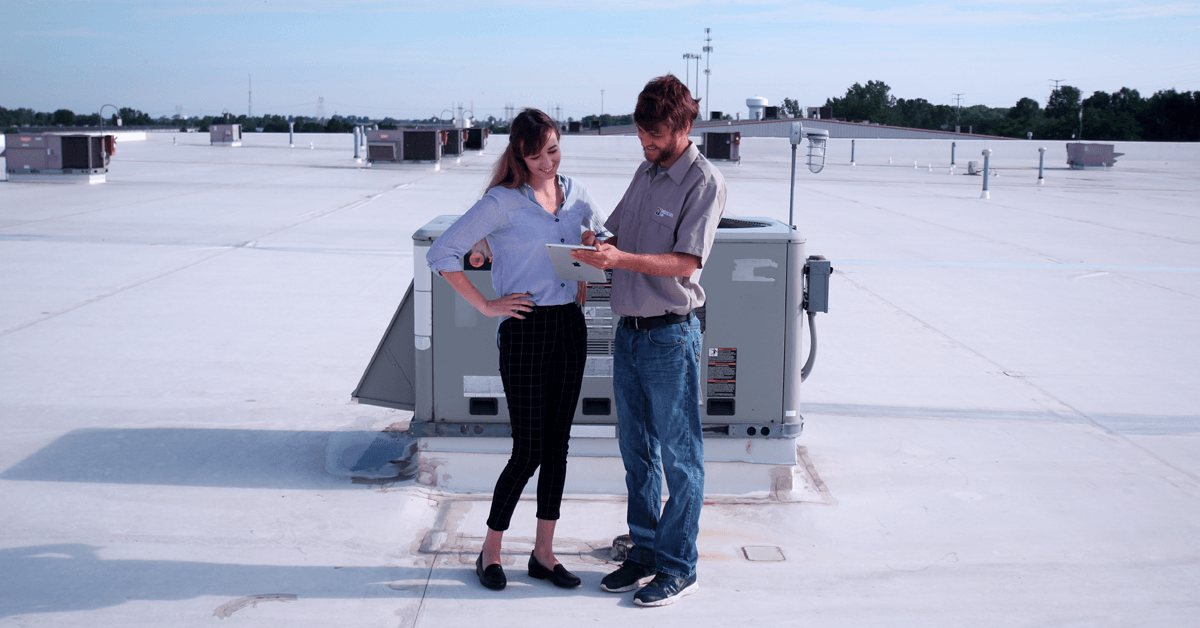HVAC Flat Rate Pricing: What You Need to Know
By My Service Depot on Thursday, August 29, 2019What is flat rate pricing? What are the pros and cons? Let's dive in and take a look!
How do you determine pricing at your HVAC company? This is one of the biggest issues that heating and air conditioning companies face. At one point, the popular method for pricing HVAC services centered on time and materials (T&M). This strategy worked in its day, but as technology made the world a little smaller, customers could compare and research prices themselves, and they started to demand an upfront price before singing on for HVAC projects. Some contractors tried to use rule-of-thumb prices methods, like materials times two, but these could cause them to underbid jobs by quite a bit. The HVAC industry suddenly needed a new standard.
Enter flat rate pricing.
What is Flat Rate Pricing?
Flat rate pricing takes the direct cost of providing a service and then adds a markup, based either on a percentage basis or a set amount. It combines these totals into a single, flat rate price. Different companies handle this part differently, but the end result is the same; your employees know exactly how to price a job. In many ways, flat rate pricing is a version of T&M, only the prices are set.
Advantages of Flat Rate Pricing
One of the most significant benefits of flat rate pricing? The efficiency. If your company used T&M pricing, your reps would have to write up a detailed quote when estimating the job, including every small purchase you might need. Moreover, many of your techs may not think in the level of detail you need for T&M to work well. They may forget to include individual costs and end up accidentally underbidding the job. Doing T&M correctly took time. Flat rate pricing, on the other hand, is fast.
Additionally, many HVAC customers hated the time and expenses approach. In this way, flat rate pricing improves customer satisfaction. Despite your service tech’s best efforts, they may not realize that the cost of a part went up, or they may get a price wrong for some other reason. They might also leave things off the estimate. This causes your customer to get upset that the invoice ends up costing more than they thought it would. Flat rate pricing prevents this from happening. Further, your customers can base the value of their experience on the service they actually receive from your people (rather than the amount of time your tech spent working for them).
Finally, there is the issue of accounting. When it takes less time to write service quotes, the billing cycle itself can go that much quicker. You can ask customers to make deposits before the work begins or otherwise divide up your invoice so that you start getting paid as soon as possible.
Disadvantages of Flat Rate Pricing
The biggest drawback of flat rate pricing? It is approximate. Sometimes you make a little more on a job, sometimes a little less. The idea is that it will all balance out in the end—but, it doesn’t always. Sometimes your technicians just don’t have as much experience with one system over another, and it takes longer than estimated to do the work. You might also find that the price of a part goes up considerably and you end up needing to eat that cost or pass it on to the customer and risk losing them forever. Either way, there is always a risk that the flat rate price you quote isn’t enough to cover your costs, let alone your desired profit margin.
You should also consider the issue of customization. You can include maintenance services and little extras in the cost of your HVAC company’s services and that can work out really well for you, but what happens when your customer wants something a little different? You can charge more for extras, but deducting from the flat rates you set is a bit more complicated.
Using Flat Rate Pricing in HVAC
At this point, you might be wondering how to set a flat rate. One approach is to establish your prices based on your experience in the field. This strategy can work well, but you wouldn’t know whether you are charging significantly more or less than other people in your area. Alternatively, you could look at the prices that your competitors advertise. Unfortunately, that may expose you to a price war, and you probably won’t find accurate have pricing information on everything your rivals provide.
To remedy these issues, some HVAC service providers use third-party companies to set their rates. These companies publish fair, market rates for various heating and air conditioning services based on the scope of work and the going prices in your area. You can buy flat rate pricing lists from these companies to simplify your pricing process and ensure you have fair offerings. You can even import these flat rate pricing lists into HVAC software like Smart Service to give your dispatchers and technicians instant, accurate prices to use on their work orders and invoices. To learn more about flat rate pricing or Smart Service, request a demo today.


